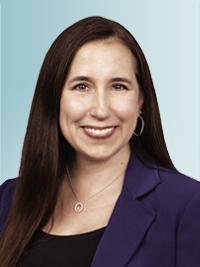Section 110 of the SECURE 2.0 Act allows plan sponsors to treat student loan payments as elective deferrals to match contributions effective for plan years beginning after December 31, 2023. Plan sponsors considering allowing employer match contributions of qualified student loan payments (QSLPs) might have postponed their decision until further guidance was provided. On August 19, 2024, the IRS issued interim guidance that will assist plan sponsors in determining whether to adopt the provisions.
Notice 2024-63
Notice 2024-63 applies to plan years beginning after December 31, 2024. For plan years earlier than that, a plan sponsor can adhere to a good faith and reasonable interpretation of Section 110 of the SECURE 2.0 Act. The notice covers 401(k) plans, 403(b) plans, governmental 457(b) plans, and SIMPLE IRAs. The below highlights focus on 401(k) plans.
Highlight of Notice 2024-63
The summary provided does not encompass all Q&A areas of the notice.
- The combined QSLPs and 401(k) deferrals made by employees cannot exceed the plan year’s 402(g) limit. For 2024, this limit is $23,000, with an additional catch-up contribution of $7,500 for individuals aged 50 or older.
- For example: if Employee X (30 years old) defers $15,000 to their 401(k) plan and repays $20,000 of QSLPs, only $23,000 will be factored into the employer match calculation.
- A qualified student loan payment is:
- A repayment of a qualified education loan incurred by the employee during the plan year to pay for qualified higher education expenses of the employee, spouse, or dependent.
- The employee making the payment must have a legal obligation to pay according to the loan terms.
- An employer may:
- Rely on the employee’s annual self-certification that the loan meets the requirements of QSLPs.
- Make employer match contributions on QSLP at a different frequency than match contributions on deferrals, for example, annually.
- Establish reasonable procedures for employees to claim QSLP matches under the plan, including a deadline to submit information, certification, and documentation.
- An employer may NOT:
- Match the QSLPs at a different rate than employee deferrals.
- Set different eligibility for matches on QSLPs.
- Set different vesting schedules for the match on the QSLPs.
- Establish provisions to match only certain types of QSLPs, such as degree programs, particular schools, or costs only for the employee.
- Match QSLPs made in different plan years.
- Employees who receive QSLPs could be tested separately for the ADP/ACP nondiscrimination testing.
- QSLP match feature can be added mid-year to safe harbor plans if notice and election opportunity conditions are satisfied.
The above highlights the IRS Notice 2024-63; please contact us to schedule a consultation for additional guidance before adopting the QSLPs provisions.





